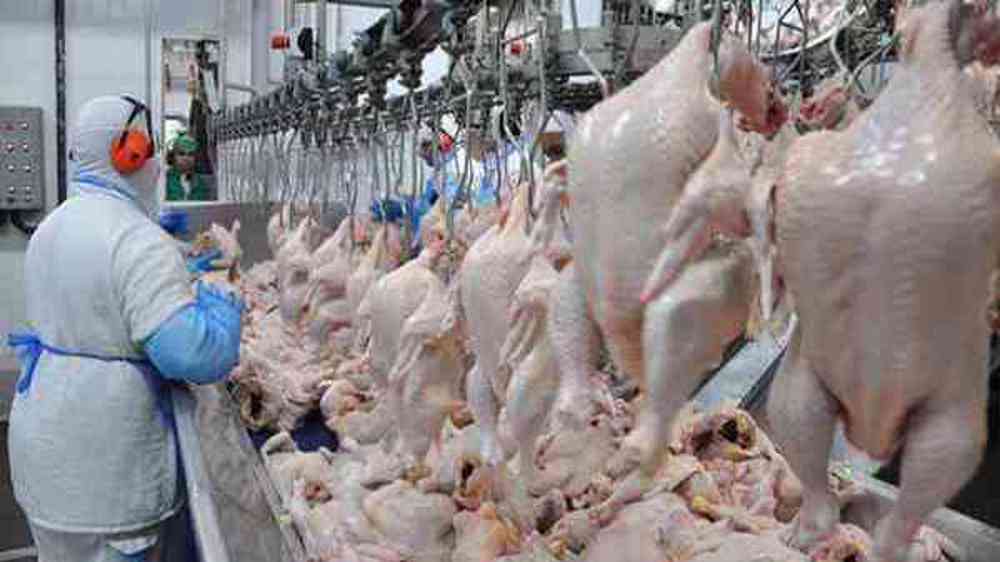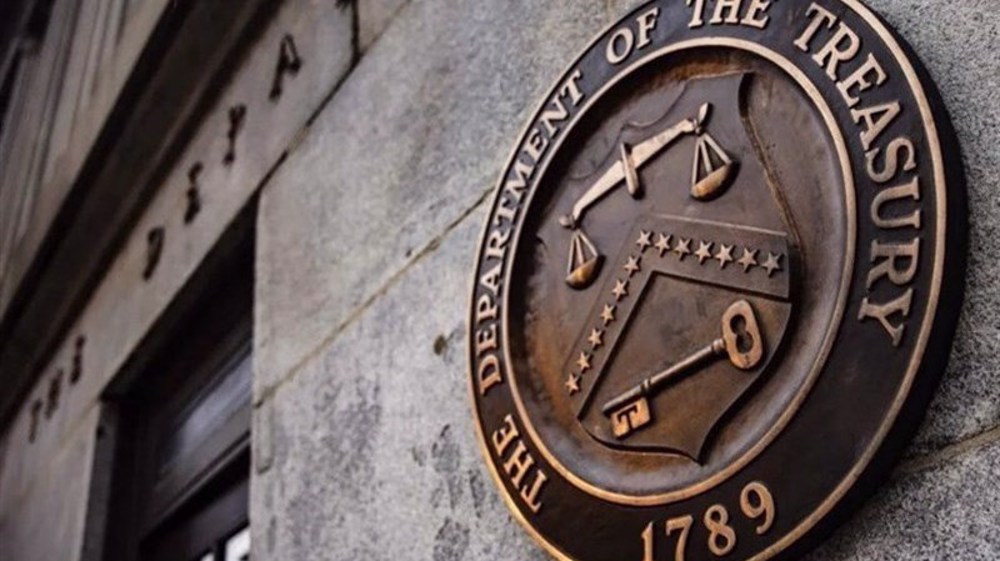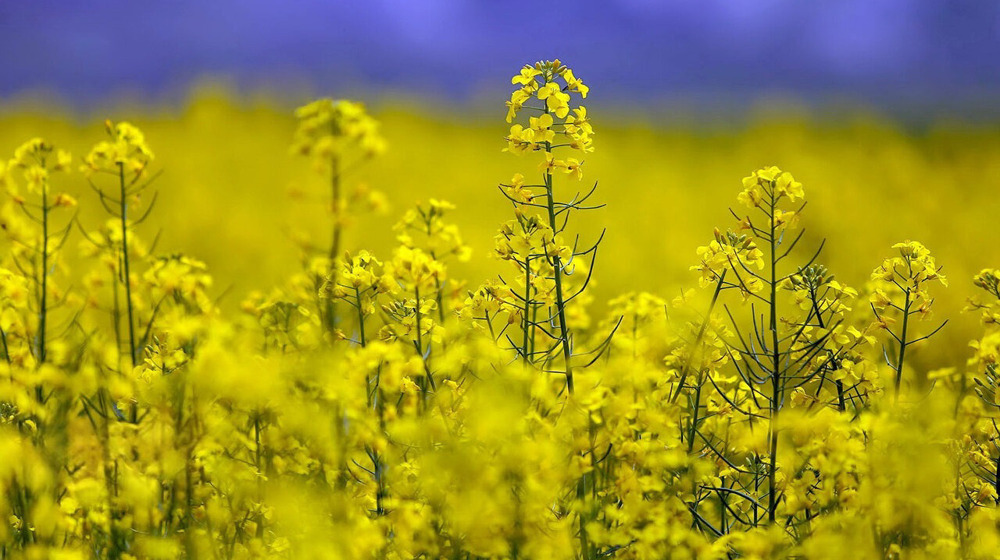Report: Iran green-lights poultry imports from Russia
Five Russian poultry farms have received permission from the Iranian veterinary authorities to supply broiler meat to the country, the Russian veterinary watchdog says.
Rosselhoznadzor listed several major Russian poultry and meat manufacturers which have gotten license to access the Iranian market, local news outlets reported.
According to Konstantin Korneev, executive director of the Russian consulting firm Rincon Management, Russian poultry companies had long been interested in the Iranian market.
He touched on the evolving geopolitical dynamics in Iran-Russia relations, saying he expected all logistics and financial issues pertaining to poultry exports to be solved quickly.
“The Iranian market remains closed for some of the world’s key poultry exporters, so the price dynamics there have lower dependence on the actions of foreign companies,” Korneev was quoted as saying.
Currently, virtually all Russian poultry exporters are in talks about making their way into the Iranian market, he added.
According to Korneev, Russian poultry exports could presumably help Iran fill the gap in the domestic market where demand is predicted to drop in 2022 owing to skyrocketing feedstuff prices.
Last month, poultry production in Iran dropped 19% year on year, the Iranian Statistical Center (ISC) said.
The international prices of livestock inputs, which have almost tripled in value, have left Iran’s meat and poultry producers faced with major dilemmas.
According to ISC figures, the average costs of red meat and poultry increased by 61.7 percent in 12 months by March 2021, while chicken prices alone almost doubled.
Since the beginning of its term, the Iranian government has sought to improve the agricultural sector and ensure the country's food security, including through farming overseas.
One of Iran’s aspirations has been self-sufficiency in strategic agricultural products such as wheat, oilseeds and livestock inputs, which requires sufficient water resources, but successive droughts in recent years and the lack of water resources have made it far-fetched of a goal.
Some private Iranian investors have started growing grains and greenhouse gardening in Georgia, Ukraine, Tajikistan and African countries, but the size of their operation is small.
In May, Russia offered to provide 100,000 hectares of land to Iran for cultivation when a business delegation from the country visited the Islamic Republic.
However, this is about 0.8 percent of the entire cultivated area in Iran, which is negligible. According to officials, Iran must plan for cultivation on 7 million hectares.
Other countries, including Armenia and Ghana, have also offered land to Iran for cultivation. A Ghanaian delegation proposed 5,000 hectares of land for production of livestock inputs during a recent visit.
In July, an Iranian official said Venezuela has agreed to provide one million hectares of agricultural land for Iran’s overseas cultivation projects to secure food.
VIDEO | Sudan’s healthcare system nears collapse amid conflict
VIDEO | Gazans struggle to survive as they welcome New Year
VIDEO | Saudi-UAE rift over Yemen
VIDEO | Saudi airstrikes target UAE-backed forces at Yemen's Mukalla Port
Iran does not fear war; but ‘narrow window of opportunity’ for dialogue remains open, FM says
Iran says $2bn of frozen assets released by neighboring country
Somalia erupts in massive protests over Israel's recognition of Somaliland
Israel committing 'systematic genocide' against Palestinian prisoners: Advocacy groups










 This makes it easy to access the Press TV website
This makes it easy to access the Press TV website